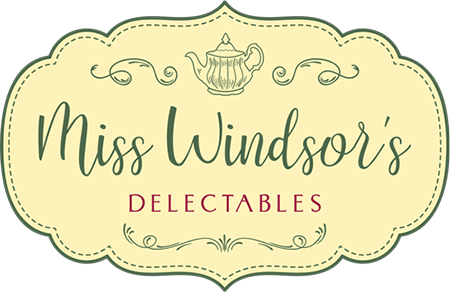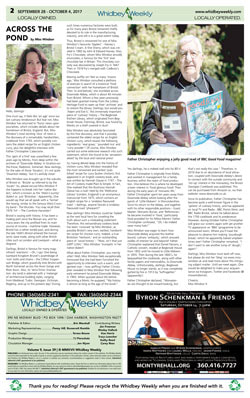Hello, darlings!
I say, it feels like an age since our last culinary rendezvous!
But fear not my dears, Miss Windsor’s here to flurry you with her delineation of an extraordinary, Georgian, handwritten cookbook unearthed a few years ago by Monks at Downside Abbey, Stratton-on-the-Fosse (Radstock, Somerset). Now darlings, for the sake of those fanatics, it’s not quite Downton Abbey, but it’s awfully close!
This culinary masterpiece, bestowed the title of the Begbrook Kitchen Library, dates from 1793 and originates from Begbrook House (Frenchay) Bristol, England. Now I know what you’re thinking darlings, “How on earth did this cookbook end up retiring at Downside Abbey?” Read on and all will be revealed……..and whilst here, please do enjoy some excerpts from my interview with the delightful Father Christopher Calascione!
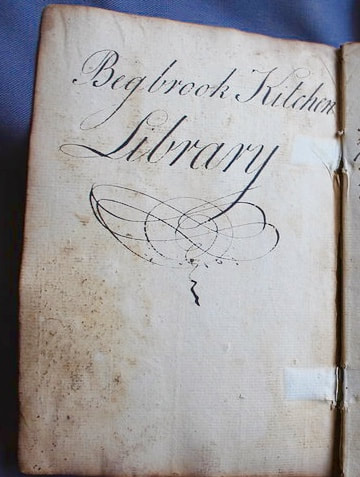
Before I proceed any further, I must tickle your palate with a titbit of information about a common dish enjoyed by many throughout the globe. Well, according to the local and national press, this remarkable slice of Bristol’s culinary past could possibly contain the oldest recipe for an English CHICKEN CURRY (How fascinating!).
Darlings, many years ago, well not that long ago, Downside Abbey was granted money from the Lottery Heritage Fund to open up their archive’s and to restore the library (How spiffing!).
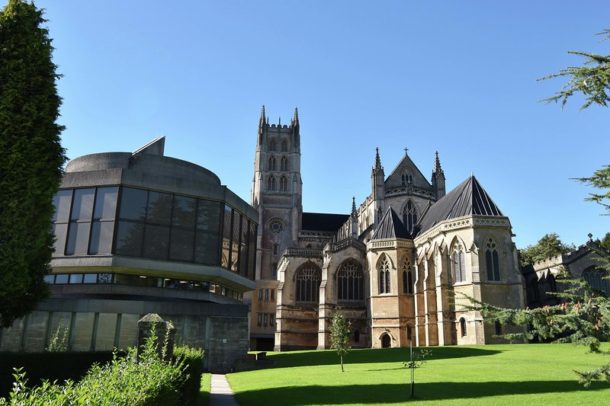
And whilst scouring through layers upon layers of papers and objects from the days of yore, monks found this frightfully important piece of culinary history on top of a “slave ship journal”. I say it doesn’t take a clever mind to conclude that this journal is undoubtedly linked to Bristol’s sordid past with the transatlantic slave trade (what a disgrace).
And for many years it waited patiently, covered in dust, perched behind a box of paperwork concerning excavations at Glastonbury Abbey in Somerset.

It is true that the Begbrook Kitchen Library resided on top of that journal for years drenched in mystery, and although I cannot praise the monks enough for discovering this culinary marvel, my first port of call was to contact the Frenchay Village Museum.
The kindly volunteer informed me that Begbrook House was built during the late 1700s by Thomas Graeme whose family owned Oldbury Court. And having thoroughly researched this subject, one presumes Thomas rented Begbrook House to Dr Robert Lovell who was born in Barbados and came to Bristol in 1792. Dr Lovell was elected Physician to the Royal Infirmary, known today as the Bristol Royal Infirmary.
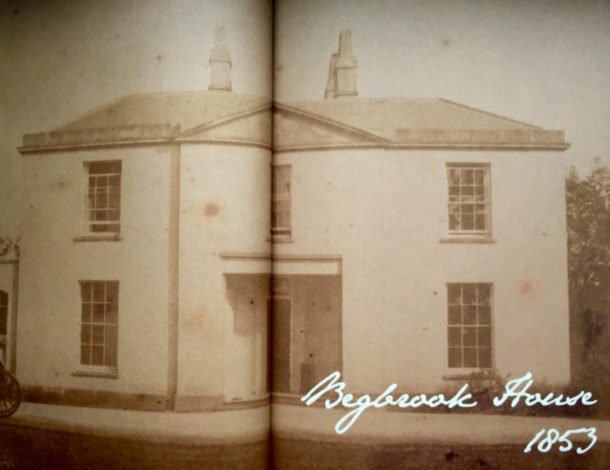
In 1793, one year following Dr Lovell’s arrival, one believes that this suitably employed piece of kitchenalia set sail from Bristol on its long and mysterious culinary journey until it was disinterred by monks!
The housekeeper, or possibly the lady of Begbrook House, no doubt, forgathered many of the 142 recipes which were initially written with a “goose quill”, then later with a “steel pen”, such as Fricassee of Pigs Feet & Ears, Calves Head Turtle Fashion, Stew Knuckle of Veal, Stew Pigeons, Parsnip Pudding, Almond Faggots, Sally Luns, and of course CHICKEN CURRY!
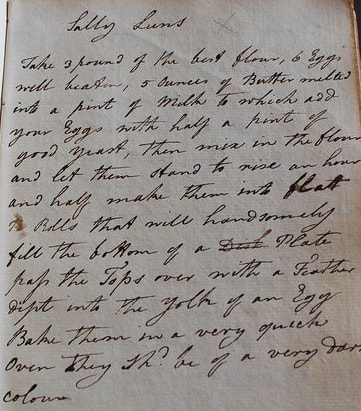
Over the years, Begbrook House changed ownership many times. One of Begbrook’s residents, Daniel Parsons, a Catholic convert resided at Begbrook House with his wife (author Gertrude Parsons) from 1852 until they moved in 1855 to Stuart’s Lodge, Little Malvern in Worcestershire.
According to Downside Abbey’s very own culinary enthusiast and local TV personality, Father Christopher Calascione, “This was originally the hunting lodge for the Duke of Beaufort.”

In fact, by sheer coincidence, Father Christopher spent ten years looking after the parish of Little Malvern, and Stuart’s Lodge just so happened to be located next to his church.
Father Christopher revealed, “This is when I started to cook for myself. The monastery (Downside Abbey) was pleased, as I managed to reduce the house-keeping costs!” – good on you, Father Christopher!
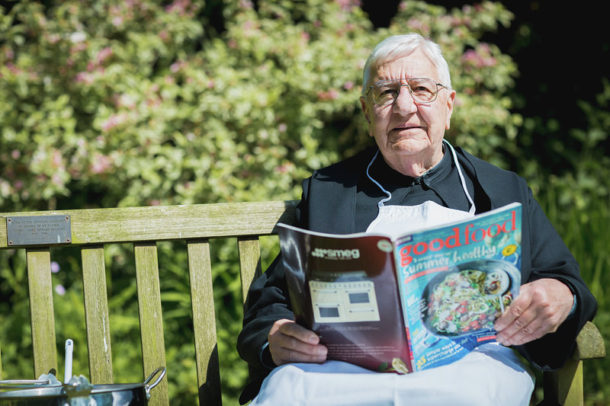
During the late 1800s, Daniel Parsons bequeathed the cookbook, along with other family papers and memorabilia to Downside Abbey – Steven Parsons (Downside Abbey Outreach Officer) informed Miss Windsor, “He left Stuart’s Lodge to the Downside Monks of Little Malvern”.
To one’s amazement, Daniel must have been quite attached to this leather-bound culinary antiquity, which unsurprisingly aroused oodles of interest from far and beyond following its 21st century discovery!

The thing is, when dearest Daniel moved to Stuart’s Lodge, taking with him the wondrous Begrook Kitchen Library, he had no inkling of a clue what would become of this gem of a book. Luckily for us, it provides an insight into Georgian dining enjoyed by the residents (and their guests) who resided at one of Bristol’s grandest abodes. I say Miss Windsor is most grateful for Daniel’s amassment of curios, and for his role in preserving such a savoured slice of Bristol’s food history.
Sadly, my dears, Begbrook House no longer stands as it was completely gutted by fire in 1913 by Suffragettes (well, according to the tale it was!).
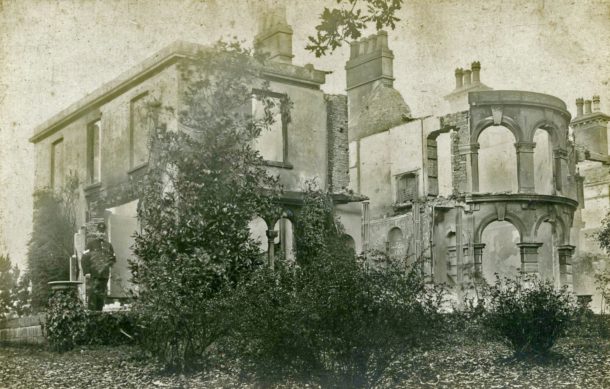
“Miss Windsor, what about that darn Chicken Curry!” you utter. Well, I was absolutely fascinated when I learnt that the Begbrook Kitchen Library could possibly contain the oldest recipe for an English Chicken Curry, which consists of veal gravy, pounded rice, and curry powder.
Of course, I carried out extensive research into such statement and found it to be sensationalised by the local and national press.
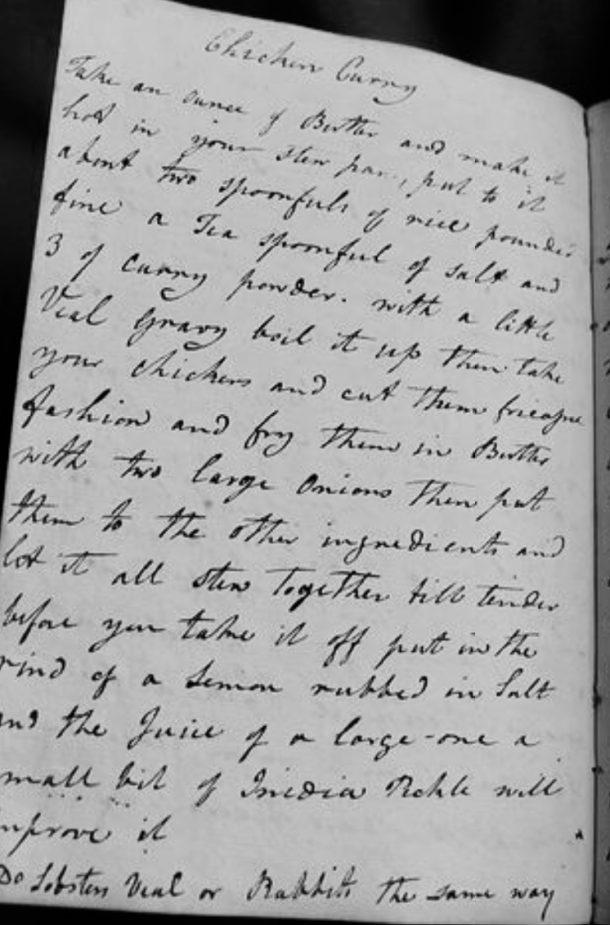
To soothe one’s curious mind, I delved deep into the history of Chicken Curry, and I reveal that the most renowned and earliest published recipe first appeared in an English cookery book written by Hannah Glasse in 1747, The Art of Cookery made Plain & Easy.
Now darlings, surprisingly the illustrious Hannah Glasse has a rival! Held by the Wellcome Library (London, England) is an anonymous manuscript from 1675, which contains an English recipe for a Vindaloo Flavoured Roast – a roast what, I wonder?
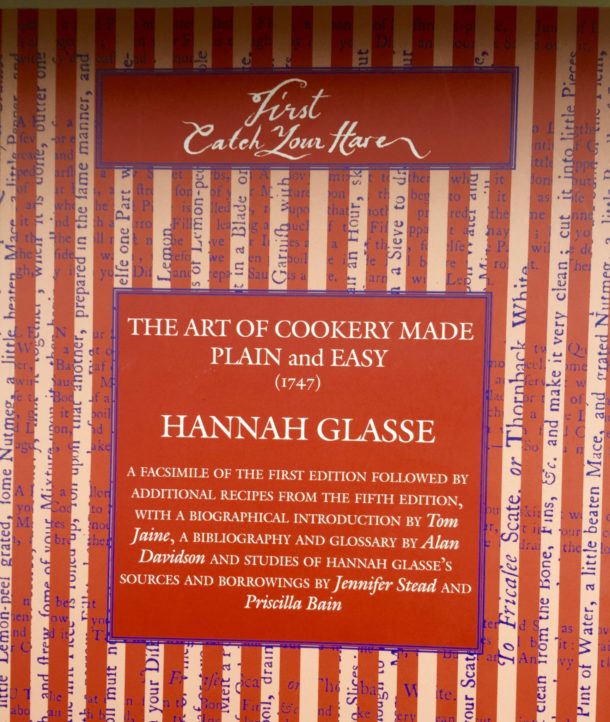
You see Hannah’s recipe from 1747 calls for spice such as pepper and coriander seeds, then in 1751 (4th edition), she introduced ginger and turmeric.
Fast forward a few decades to the Bristolian version that requires a “ready-made” ground substance known as curry powder, and one can easily surmise that many Bristolians’ may have been a trifle lackadaisical in the cookery department! After all, well according to my resources, curry powder is an 18th century English invention (although, some folks may disagree), made purely for convenience.

One of the earliest adverts on record for the commercial sale of curry powder is from the 1780s and could be purchased from Sorlie’s Perfumery Warehouse, No.23, Piccadilly, near Air Street, London. The advert reassures the reader, It is exceedingly pleasant and healthful – renders the stomach active in digestion.

Now, how did Bristol get its mitts on curry powder during the late 1700s?. To solve this mystery I contacted Bristol Museum and was advised by Sue Giles the Senior Curator World Cultures:
The East India Company held the monopoly of trade with India and the spice islands. But, grocers in Bristol would have bought Asian spices, including perhaps curry powder from wholesalers in London, as well as spices imported directly to Bristol from the Caribbean.
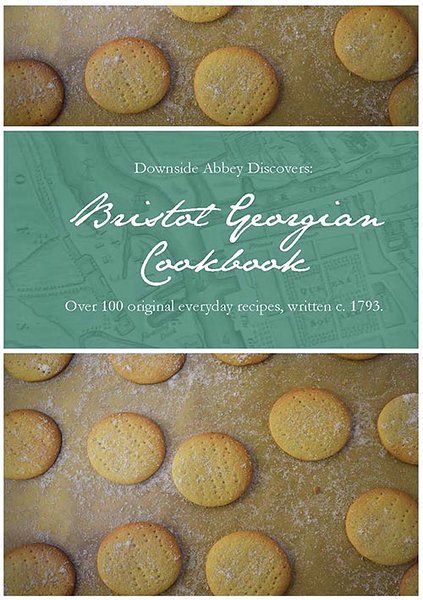
Darlings, luckily Downside Abbey decided to share their treasured artefact with the outside community, and in 2017 published the Bristol Georgian Cookbook, which can be purchased from Amazon, or via their website: www.downside.co.uk
I say darlings, Miss Windsor must pop off now to indulge in a tipple or two of Harvey’s Bristol Cream. Oh, and before our next culinary rendezvous, I invite you to click on the image below and read my delightful interview with Father Christopher.
Cheerio for now,
